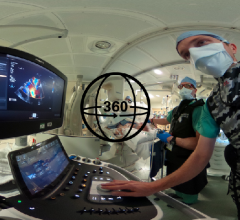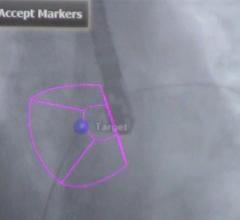May 8, 2007 - According to two separate studies recently presented at the American Society of Breast Surgeons (ASBS) Annual Meeting, an intraoperative breast cancer probe shows significant potential for reducing positive surgical margins in lumpectomy patients, including those with hard-to-detect, pre-invasive, ductal carcinoma in situ (DCIS).
A cancer patient with positive margins typically requires a second surgery, with accompanying trauma and expense, to re-shave tumor sites for adequate tissue removal. The Dune Medical (Caesarea, Israel) probe uses radiofrequency spectroscopy to characterize breast tissue in real-time during surgery to determine margin malignancy status and holds promise to reduce re-excision procedures.
Selected for oral presentation at the 2007 ASBS conference, the first study found that the device fully detected 86 percent of positive margin patients during surgery, potentially converting them to negative status during this initial procedure. In the study, intact lumpectomy specimens were sampled immediately following excision by applying the Dune probe to multiple measurement sites on each margin examined. The probe readings were compared with post-operative pathology results on the same precisely identified margin areas. Conducted at two medical centers, the trial analyzed 314 breast tumor margins with approximately 3600 measurement points.
The second study, presented as an ASBS poster, found that the Dune device was able to identify 20 out of 21 DCIS sites post-operatively on freshly excised breast cancer tissue as verified by pathology reports. This study involved 46 lumpectomy specimens and 282 measurement sites, which were carefully selected to exclude tumor-concentrated sites. The Dune device also identified pathologies for a full range of additional breast tumor types with complete or high degree accuracy.
According to lead study author Dr. Tami Karni of the Sackler School of Medicine, Tel Aviv University, Israel and the Breast Care Institute, Assaf Harofe Medical Center, Israel, the primary objective of breast conservation surgery today is to achieve complete excision of tumors surrounded by a rim of pathology-free tissue. However, a large percentage of women must undergo re-excision surgeries because post-operative pathology reports show margin disease.


 May 04, 2023
May 04, 2023 








